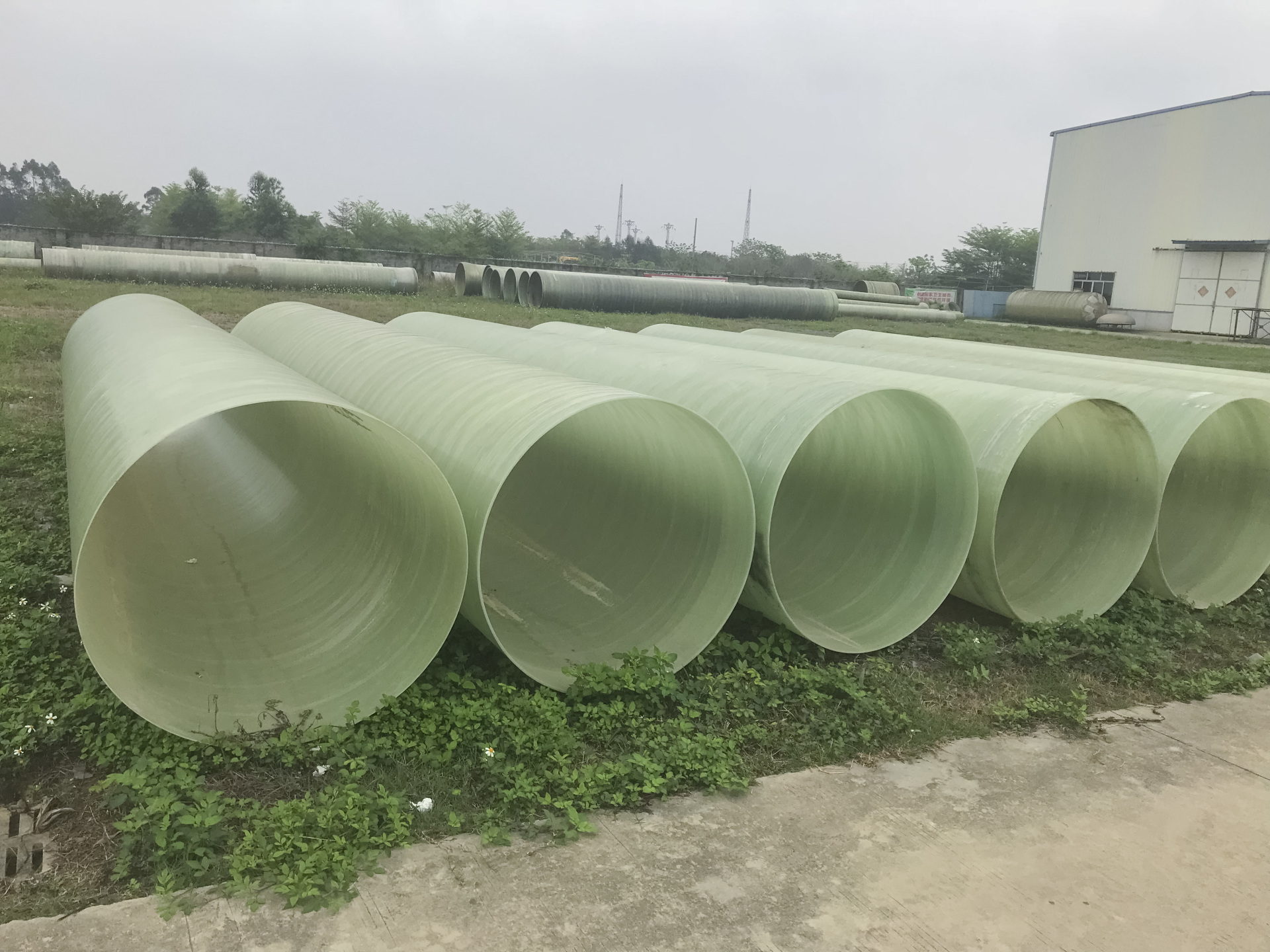What are the maintenance methods for fiberglass reinforced sand pipes?
Release time:
2023/01/30
The development prospects of the fiberglass reinforced sand pipe industry are very good, as it brings many benefits to enterprises during use, making it highly favored by customers. To help everyone become more familiar with it, we will now discuss the maintenance methods for fiberglass reinforced sand pipes, hoping to provide assistance to more people.

The development prospects of the fiberglass reinforced sand pipe industry are very good, as it brings many benefits to enterprises during use, making it very popular among customers. To help everyone become more familiar with it, we will now discuss the maintenance methods for fiberglass reinforced sand pipes, hoping to provide assistance to more people.
Nowadays, many people are still unaware of some basic information about fiberglass reinforced sand pipes. Therefore, as a manufacturer, it is necessary for us to briefly explain that although fiberglass reinforced sand pipes do not have electrical conductivity, they have excellent performance in terms of corrosion resistance and resistance to acidic and alkaline chemicals. During installation, professional companies will divide the work into sections, starting with larger diameters and then moving to smaller ones. It is recommended to work from the bottom up, from easy to difficult. Therefore, technicians should keep in mind that this principle not only greatly improves efficiency but also does not damage the fiberglass reinforced sand pipes. Additionally, after the installation of this product, regular maintenance is required, including timely cleaning of dirt and debris inside the pipes; otherwise, rust on the inner wall will gradually accumulate. The original diameter of the pipe can be severely affected, potentially contaminating water quality or causing leaks. As far as I know, there are three main methods for repairing leaks. The most common and currently direct and effective method involves accurately locating the section of the pipe that needs to be removed and then cutting it out; otherwise, a new section needs to be installed on the original fiberglass reinforced sand pipe for repairs. Although the results are good, due to high costs and long construction periods, few people use this method.
Of course, using glue is also an alkaline adhesive. This type of glue is not commonly used in the market; fiberglass reinforced sand pipes are made from a composite glue formulated with natural materials like branches in special environments, which is then used to bond and repair damaged areas of the pipes. Now, it can be used in just half an hour to an hour. Although the cost is low, there is a prerequisite: the pipes must be out of service, so it can only be used for a small number of pipes and not for those that frequently transport sand. Of course, it is also quite popular to use specialized fiberglass pipe repair devices for repairs. Fiberglass reinforced sand pipes are externally purchased repair components, similar to pipe clamps, which can directly repair the leaking areas of the pipes. Because of their short operation time, the downside is that the cost is still somewhat high. In summary, the surface of fiberglass reinforced sand pipes is very smooth, with low friction resistance. You can still significantly reduce pressure loss on the road and increase flow. With the same flow rate, you can choose a smaller diameter or a lower power water pump to reduce pressure loss, decrease initial project investment, and save energy consumption (lower operating costs).
The above article is an introduction to the maintenance methods for fiberglass reinforced sand pipes provided by the editor. Friends who were previously unaware can read it. Well, that’s all for today’s knowledge points, and I hope it can help those concerned.







